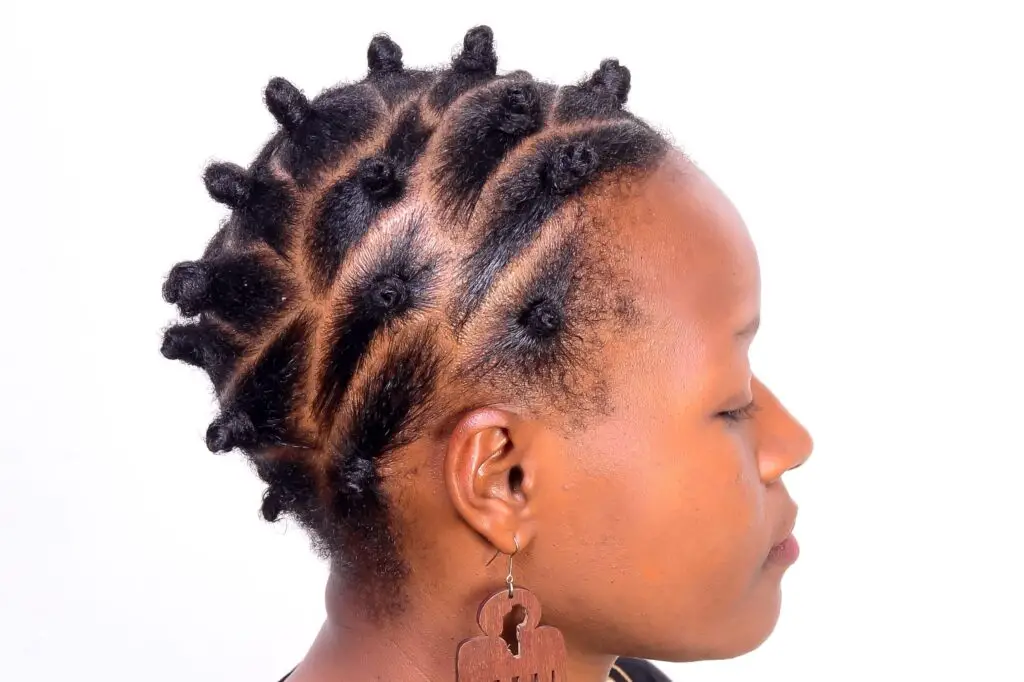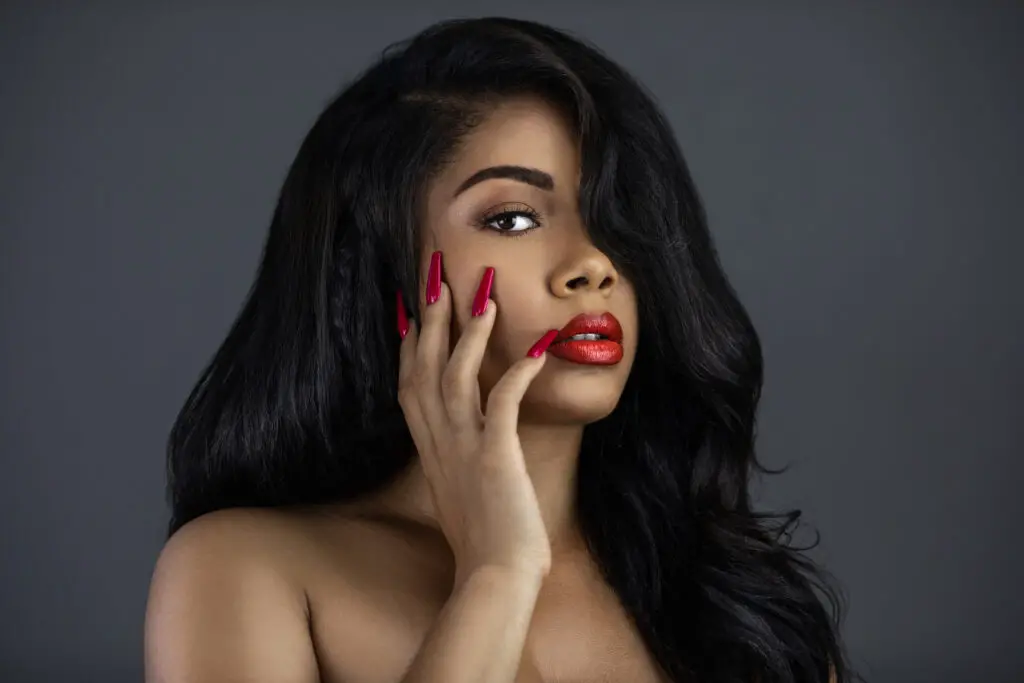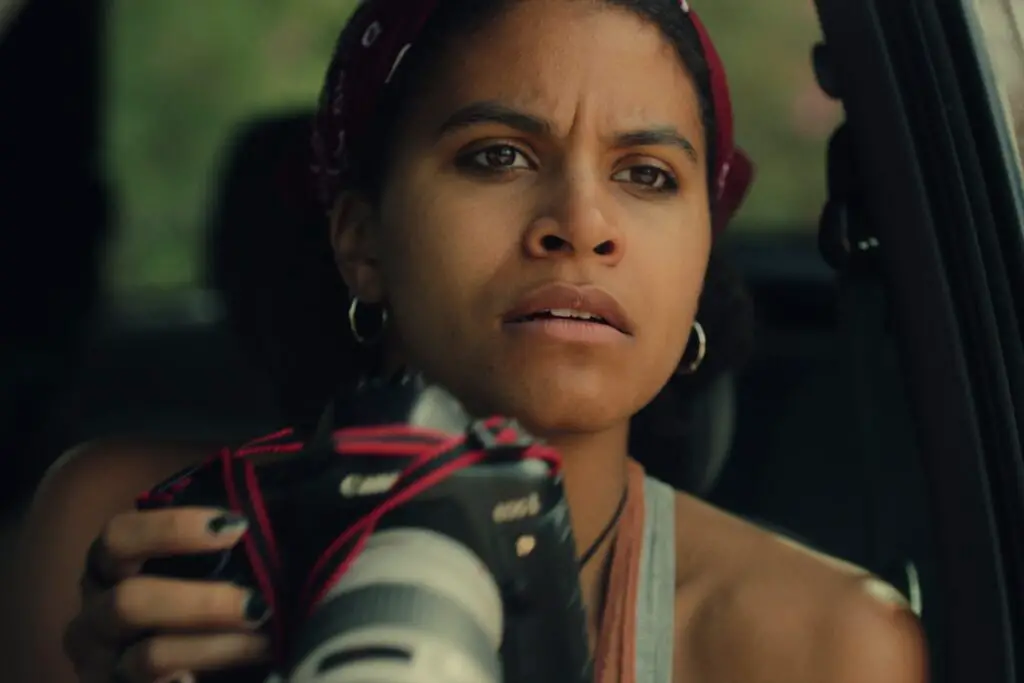1. Hair Is More Than Just Hair—It’s a Statement

Black hair has always been a form of self-expression, resistance, and pride, even when society tried to dictate otherwise. From the press-and-curls of the ‘50s to the afros of the ‘70s and the protective styles of today, every era has brought its own statement. Straightening hair was once seen as a necessity to fit into white-dominated spaces, but embracing natural textures became an act of defiance and celebration. The Civil Rights Movement made the afro a powerful symbol, while the ‘90s and 2000s saw braids, twists, and locs become more mainstream. Despite its cultural significance, Black hair has long been policed in schools and workplaces. Movements like The CROWN Act fight against hair discrimination, but the struggle isn’t over. Through it all, Black people continue to redefine beauty on their own terms. Whether it’s a silk press, cornrows, or faux locs, Black hair is always evolving explains the Library of Congress.
Hair care itself is a ritual passed down through generations, bonding families and communities. Sunday wash days, the smell of Blue Magic, and the tug of a wide-tooth comb are shared experiences. Learning to care for natural hair is almost a rite of passage, with tips exchanged between aunties, cousins, and friends. Salons and barbershops are more than places to get styled—they’re cultural hubs. Whether it’s getting your first relaxer, sitting for hours while your braids are done, or mastering a twist-out, the journey is personal yet collective. Today, TikTok and YouTube have become the new auntie circle, spreading knowledge on products and techniques. The beauty of Black hair lies in its endless versatility and the stories woven into every curl. No matter the decade, Black hair remains a crown, worn with pride.
2. Your Skin Tone Determines Your Beauty—But It Shouldn’t

For decades, Black beauty standards have been tangled up with colorism, a struggle that traces back to slavery. Lighter-skinned Black people were often favored in media and given more opportunities. Dark-skinned women were frequently overlooked, typecast, or deemed “too strong.” This unspoken rule created insecurities, making lighter skin seem like the ultimate beauty ideal. Skin-lightening creams were heavily marketed, and some celebrities felt pressured to bleach their skin. The ‘90s and 2000s saw progress, with more dark-skinned models and actresses breaking barriers. Even then, bias remained, making it harder for many to see beauty in deeper tones. Social media, however, has helped challenge these outdated narratives says I AM HISTORY.
Movements like #MelaninMagic and #BlackGirlMagic are shifting the conversation in a powerful way. Seeing deep skin tones celebrated in major campaigns and movies has been a long-overdue change. Artists like Lupita Nyong’o and Viola Davis openly discuss overcoming colorism, inspiring a new generation. Beauty brands are finally expanding foundation ranges and hiring diverse models. Social media allows everyday people to control their own narratives, showcasing beauty without mainstream validation. While colorism still exists, undeniable progress is being made. The real unspoken rule now? Beauty isn’t defined by shade—it’s about confidence, self-love, and breaking old standards.
3. Makeup Is Political Whether You Want It to Be or Not

Black women have always had to navigate the complicated relationship between makeup and identity. For years, finding the right foundation shade was nearly impossible, with beauty brands catering mostly to white women. If you were dark-skinned, you either had to mix shades, go without, or settle for ashy products. Even as brands expanded, deeper shades remained an afterthought, reinforcing exclusion. This lack of representation made makeup more than just a beauty choice—it became a statement. The ‘90s and 2000s saw brands like MAC and Fashion Fair center Black consumers. But it wasn’t until Rihanna’s Fenty Beauty in 2017 that the industry was forced to change. Fenty’s 40-shade foundation range proved there was a demand for inclusivity all along.
Beyond shade ranges, Black beauty trends have often been scrutinized or labeled as “too much.” Bold lips, sharp brows, and dramatic lashes—styles praised on white influencers—were deemed “ghetto” on Black women. The double standard has been exhausting, but it hasn’t stopped Black beauty from setting trends. From the heavy contours of the ‘80s to the glossy lips of the ‘90s, Black women continue shaping the industry. Black beauty influencers and self-made brands are reclaiming space in an industry that once ignored them. Now, Black women are no longer asking for a seat at the table—they’re building their own. Makeup isn’t just about looking good; it’s about taking up space and demanding visibility.
4. Beauty Is Pain, But It’s Worth It (Or So We Tell Ourselves)

Black beauty culture has always had an unspoken rule: looking good often comes with pain. Whether it’s the sting of a hot comb, the tight pull of braids, or the patience for a silk press, beauty has a price. Getting a relaxer meant dealing with scalp burns but was seen as a trade-off for sleek hair. Even beyond hair, fashion and beauty choices leaned into discomfort—sky-high heels, long acrylics, or keeping eyebrows perfectly arched. The message was clear: beauty required effort, and sometimes, a little suffering.
In recent years, there’s been a shift toward embracing beauty without unnecessary pain. Natural hair movements have encouraged people to ditch relaxers, and lace fronts now offer glueless options. Protective styles are evolving to prioritize scalp health, and makeup trends embrace softer, more natural finishes. Still, old-school beauty expectations linger, especially with social media’s pressure to look perfect. The dedication remains unmatched, proving Black beauty culture is about more than just trends. Even when standards evolve, one thing stays the same—Black people make it look effortless, even when it isn’t.
